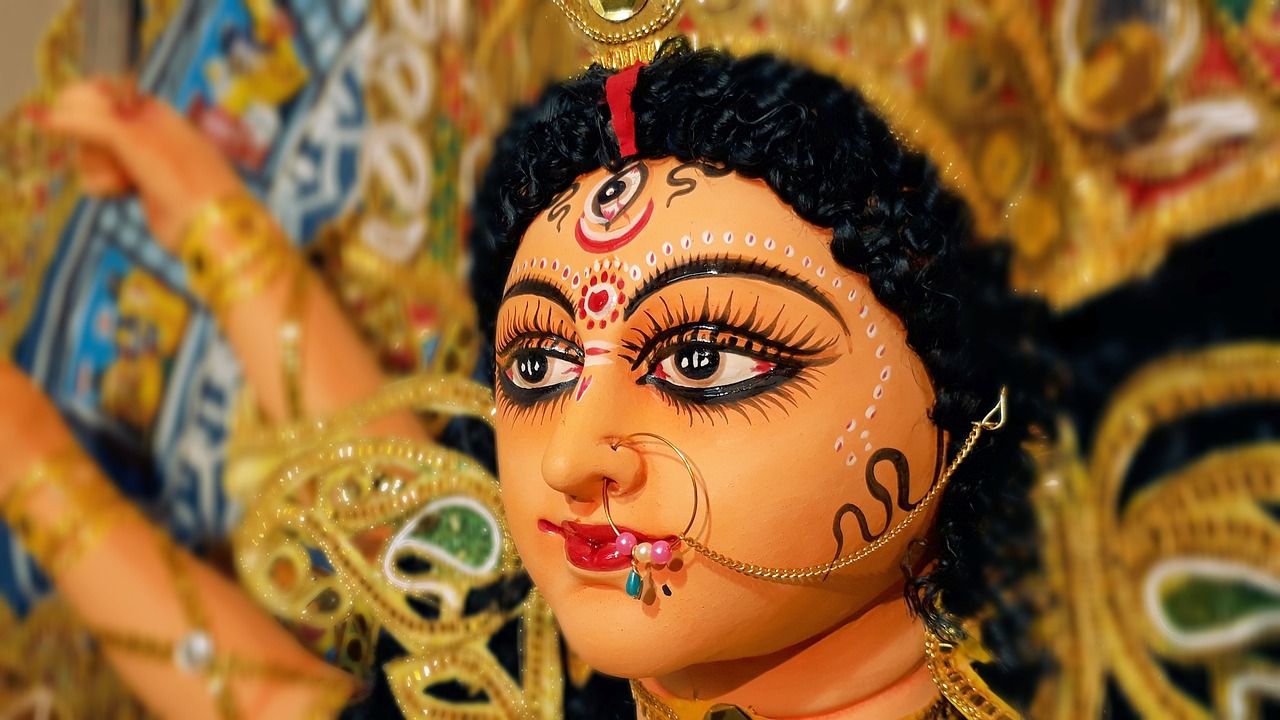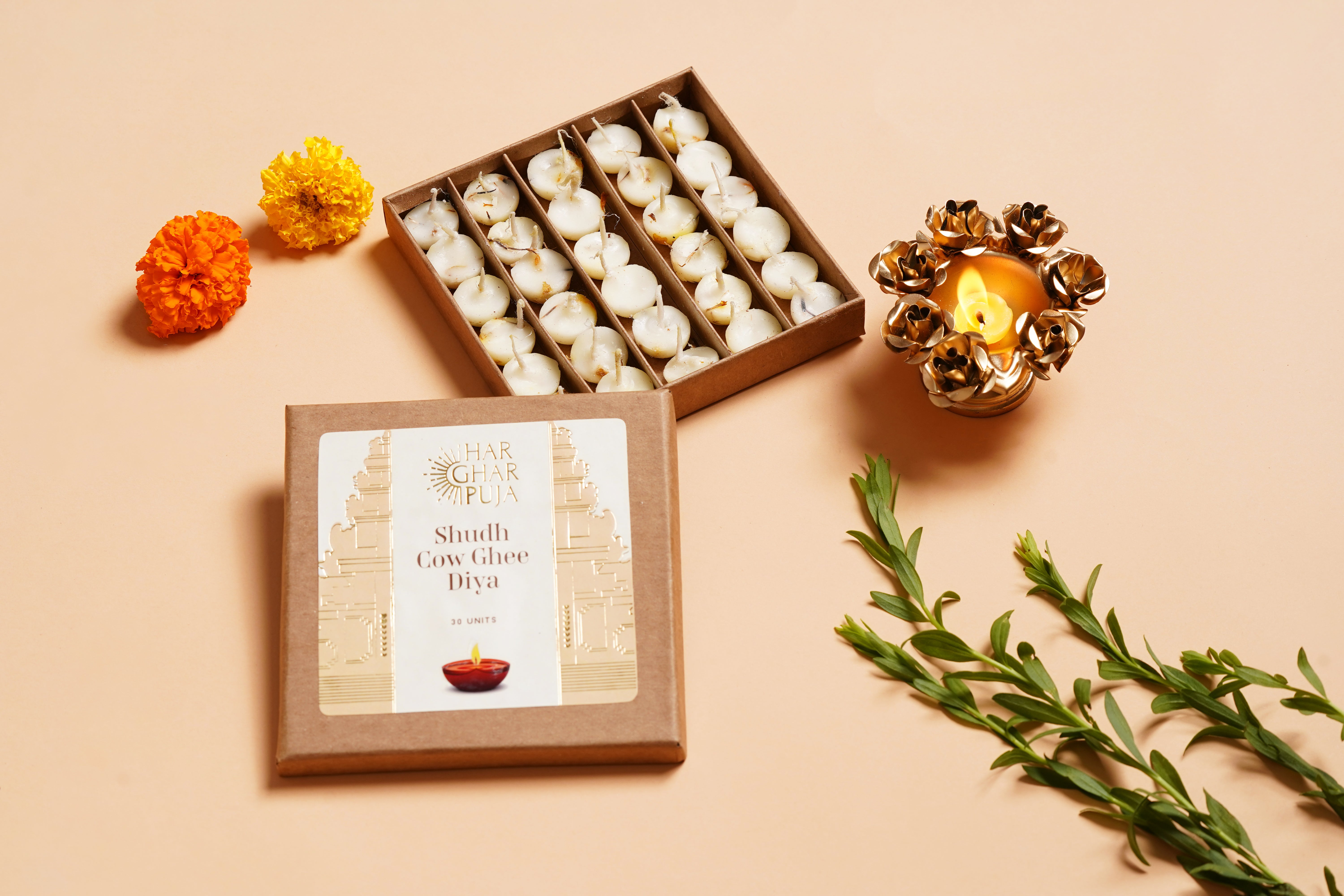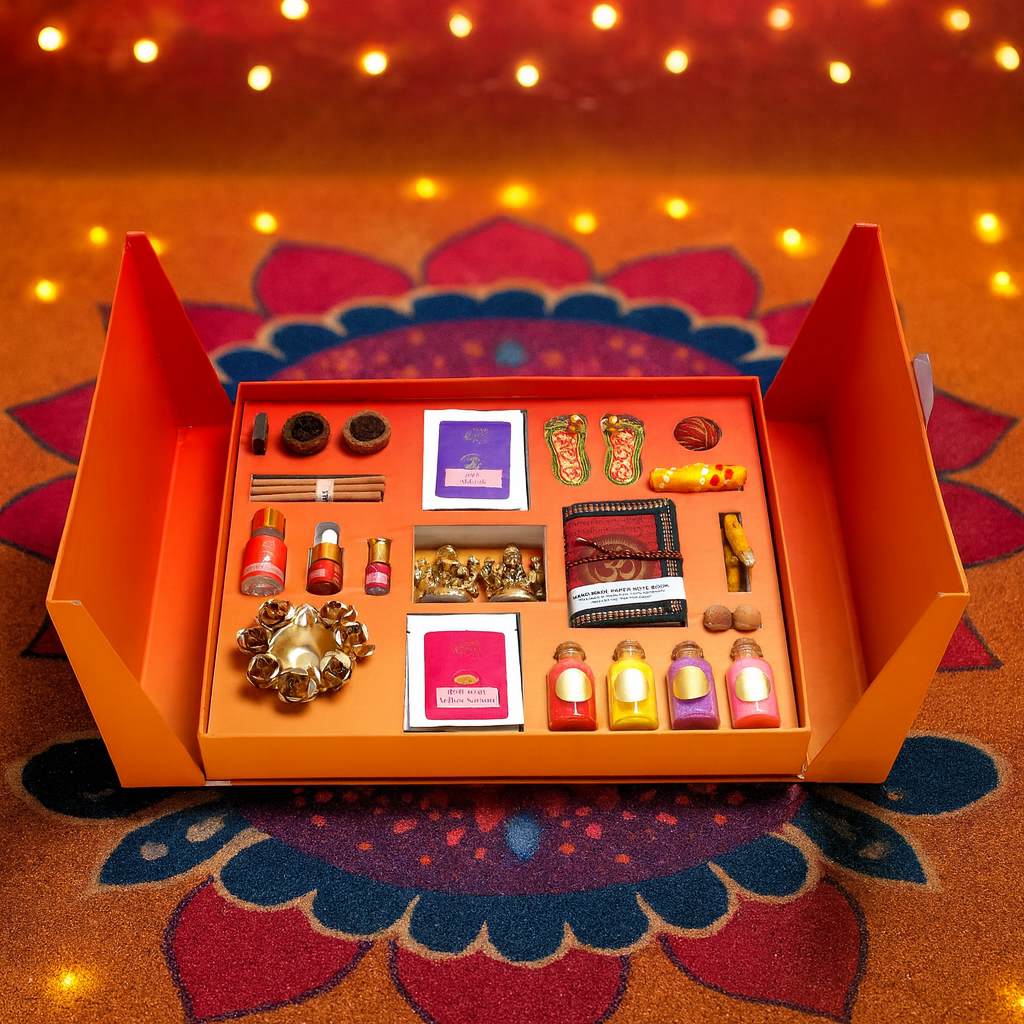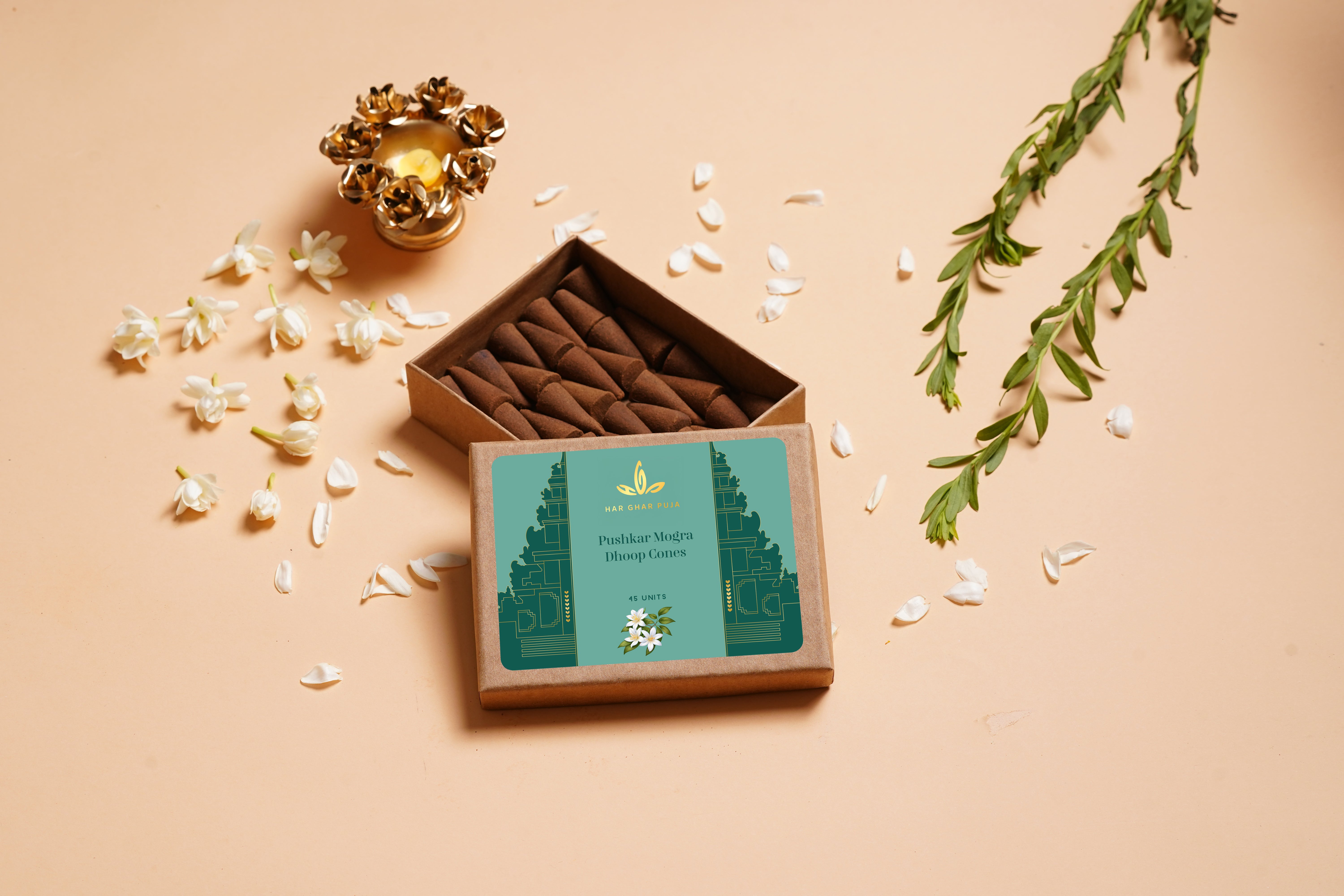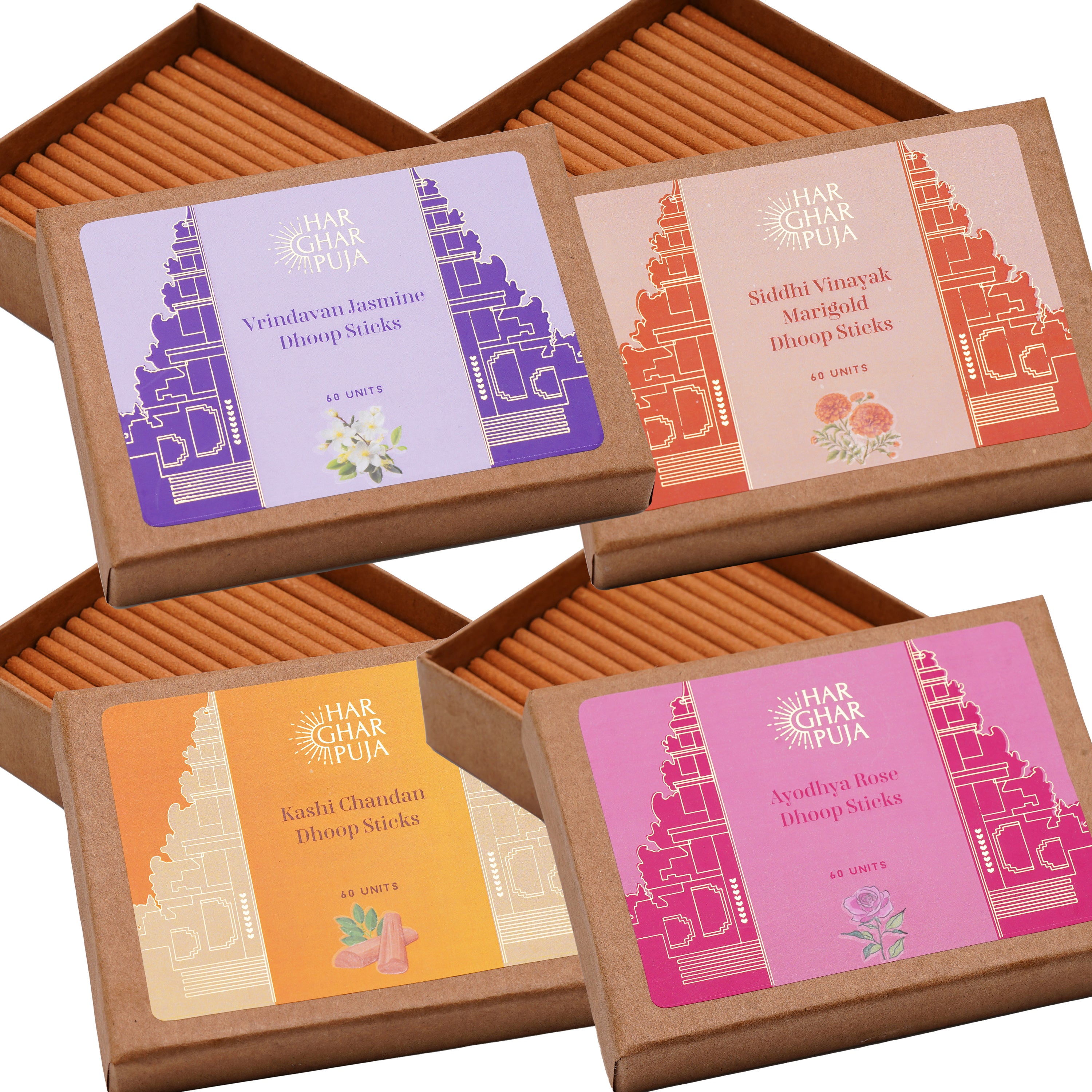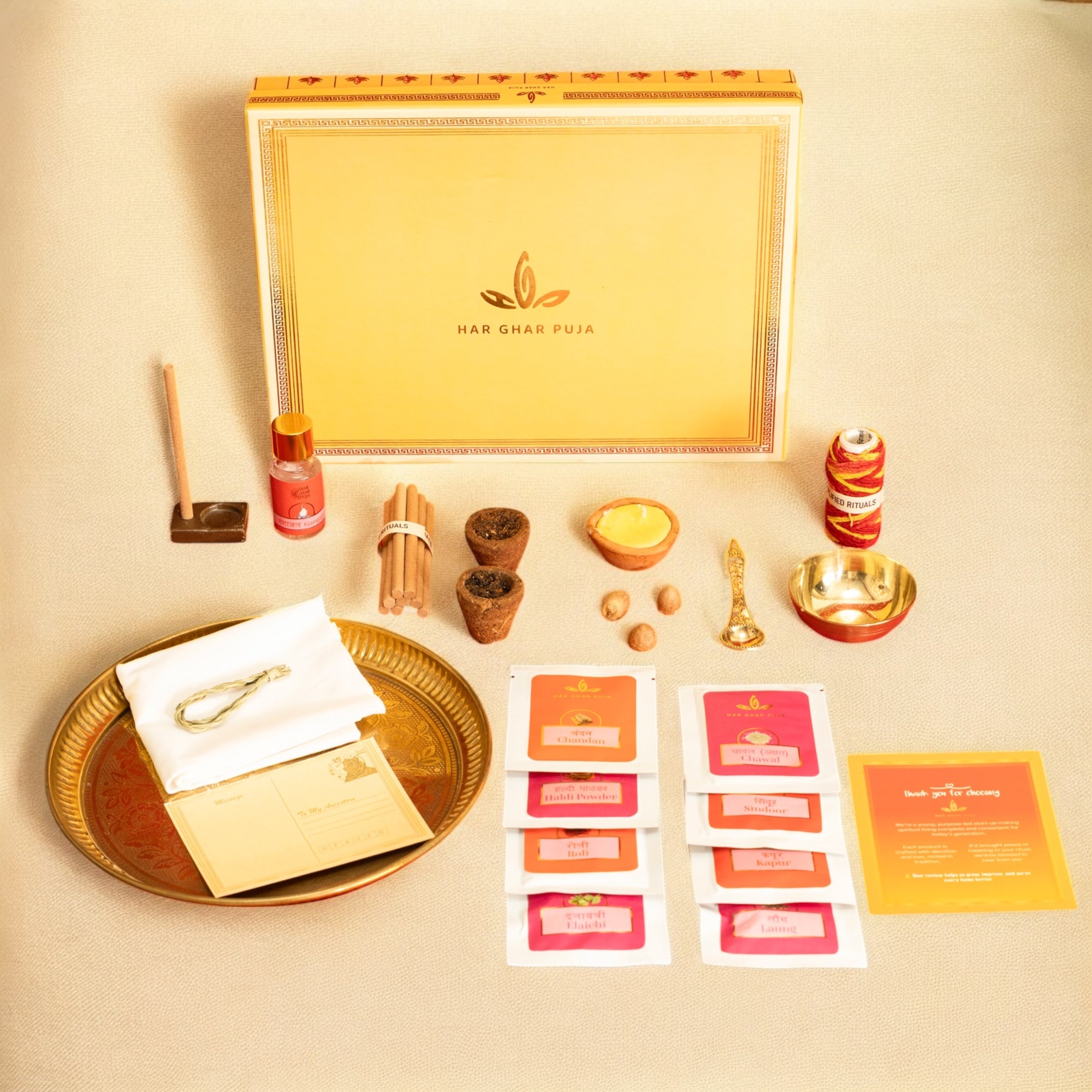Significance of worshipping Maa Durga
Navratri is one of the most significant Hindu festivals, celebrating the victory of good over evil. It marks the triumph of Maa Durga over the demon Mahishasura and symbolizes feminine strength, devotion, and divine energy. Culturally, Navratri is also a celebration of unity, heritage, and devotion across India.
Nav Roop of Maa Durga
This 10-day festival is observed during the Shukla Paksha of Ashvin month (September–October). Each day is dedicated to a different form of Maa Durga, known as the Nav Durga:
Day 1: Maa Shailaputri (The daughter of the Himalayas, representing purity and devotion)
Day 2: Maa Brahmacharini (The embodiment of devotion and penance)
Day 3: Maa Chandraghanta (The fierce warrior goddess of serenity and bravery)
Day 4: Maa Kushmanda (The creator of the universe)
Day 5: Maa Skandamata (The mother of Lord Kartikeya, the nurturing mother)
Day 6: Maa Katyayani (The fierce protector, goddess of power)
Day 7: Maa Kalaratri (The destroyer of darkness, representing courage)
Day 8: Maa Mahagauri (The symbol of purity, peace, and serenity)
Day 9: Maa Siddhidatri (The bestower of perfection and supernatural powers)
Rituals of performing the Puja
There are 4 stages of the puja.
Stage 1: Setting up the Puja Space
Stage 2: Starting the Puja
Stage 3: Durga Paath and Aarti
Stage 4: Puja Completion and Visarjan
Stage 1: Setting up the Puja Space
Purify yourself and the space: Take a bath, wear clean traditional clothes, and sprinkle Ganga Jal around the puja area.
Set up Asan and Idol: Spread a red cloth on a clean base, decorate with flowers and akshat, and place Maa Durga’s idol or photo. Keep a diya (preferably akhand diya) nearby.
Kalash Sthapana: On rice arranged in an ashtkone (8 directions), place a kalash filled with water and Ganga Jal. Add a coin, haldi, supari, and flowers inside, and cover with mango leaves. Tie mauli around it, then place a coconut wrapped with mauli on top. This kalash represents Maa Durga herself.
Stage 2: Starting the Puja
Aavahan of Ganpati: Begin by invoking Lord Ganesh with the mantra “Om Gan Ganapataye Namah”. Light a ghee diya and dhoop.
Achman: Purify yourself by sipping Ganga Jal three times while chanting “Om Namo Bhagavate Vasudevaya”.
Tilak and Sankalp: Apply tilak on yourself and family members. Tie mauli (right wrist for men, left wrist for women). Light the diya, hold flowers and akshat, close your eyes, and take a sankalp (prayer of intent). Offer the flowers at Maa Durga’s feet.
Offerings to Maa Durga: Offer roli, chandan, akshat, janeu, itra, abeer, flowers, fruits, prasad, and shringar items (sindoor, bangles, etc. by married women). Avoid sour fruits.
Cultivate Jau (Barley): Sow jau seeds in soil kept in an earthen pot or near the puja area, cover lightly with soil, and sprinkle water. These symbolize fertility and growth during Navratri.
Stage 3: Durga Paath and Aarti
Durga Paath: Recite Durga Paath (Durga Saptashati or provided text) while offering flowers and akshat. Begin and end with the mantra “Om Durga Devyai Namah”.
Aarti: Decorate the aarti thali with a swastik, akshat, and a lit ghee diya. Perform the aarti singing “Jai Ambe Gauri”, then seek blessings and circulate the diya around the home.
Stage 4: Puja Completion and Visarjan
Seek blessings and forgiveness: Offer flowers and akshat at Maa Durga’s feet, asking forgiveness for any mistakes.
Prasad: If observing all 9 days, distribute prasad after the festival concludes. For one-day puja (Ashtami/Navami), prasad can be taken after the puja.
Visarjan (Immersion): On the last day, worship Maa Durga one final time, offer abeer, and apply a little to yourself. Cover the jau with chunni and immerse the setup (kalash, jau, temporary idol if used) respectfully in a water body. Do not throw; immerse with devotion.

